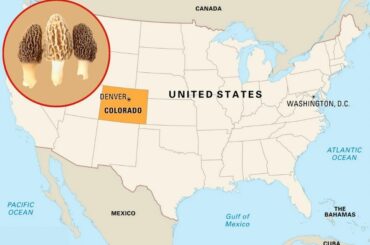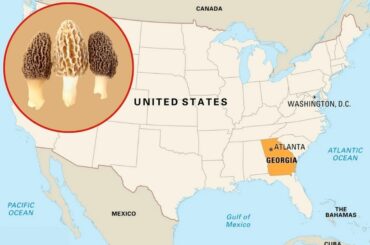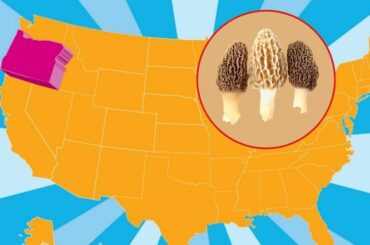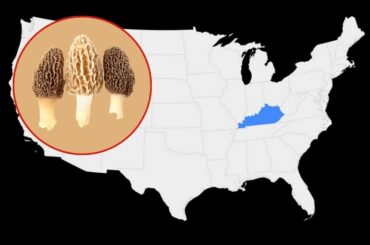The main thing mushroom farmers are afraid of is mold. It’s the number one enemy of a mushroom crop. Blue mold on mushroom cakes is a common contamination among cultivations. But do bluish patches always means contamination? Let’s dig deeper into this topic. In this article, we will discuss blue mold on mushroom cakes and the reasons and ways to fix it.
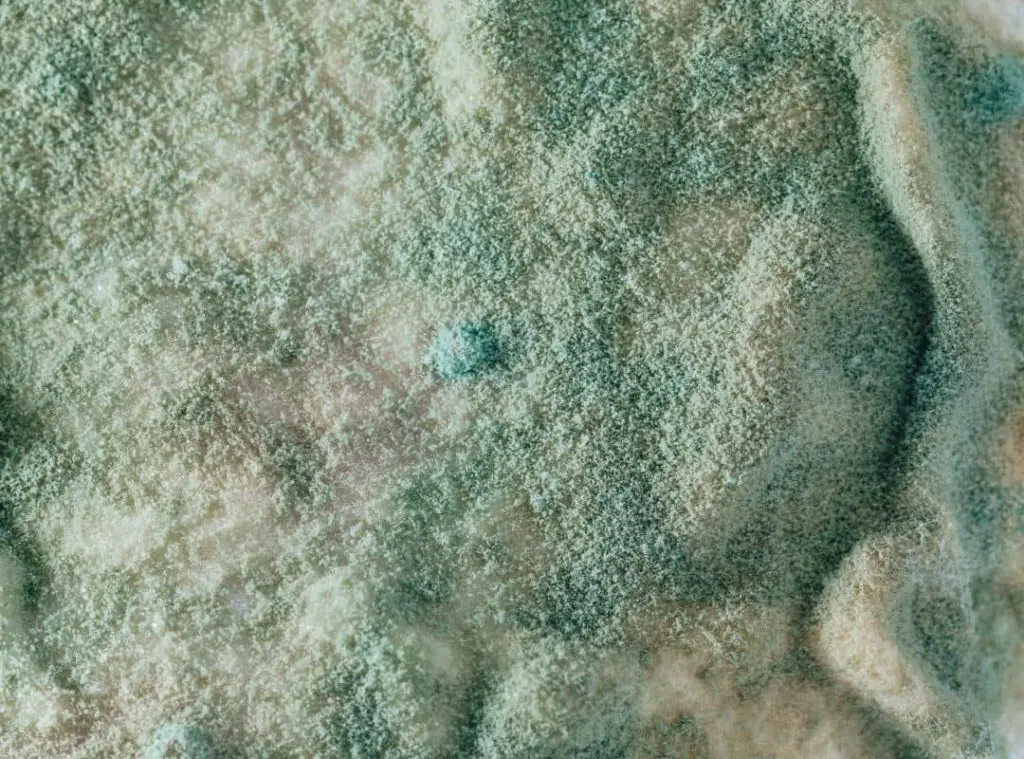
What is mushroom cake?
Contents
- 1 What is mushroom cake?
- 2 Which mushrooms can we grow in mushroom cakes?
- 3 What is mold on the mushroom cake?
- 4 What does a moldy mushroom look like?
- 5 How to tell if a mushroom is moldy?
- 6 Can mold on mushrooms kill you?
- 7 Blue mold on mushroom cakes
- 8 Contamination
- 9 Bruising
- 10 Other contaminants of mushroom culture
- 11 Conclusion
The mushroom cake is also known as PF cake. The mushroom cake is a substrate made of brown rice flour, vermiculite, and water. The main ingredient in this cake is brown rice flour. This cake provides an excellent environment for the mushrooms to grow.
This technology is developed to grow mushrooms (primarily psilocybin mushrooms) at home with easy-to-find household items. Due to its ease of use and ingredients, the PF Tek has become popular among mushroom growers.
Which mushrooms can we grow in mushroom cakes?
This technology is now often used to cultivate gourmet mushrooms such as oyster mushrooms, shiitake mushrooms, and king oyster mushrooms.
What is mold on the mushroom cake?
Molds are fungi that grow on almost any surface, given the right temperature, humidity, and food source. When it comes to mushroom cakes, the food source is the cake itself. Molds often appear when the cake is not sterilized properly. The mold spores can come from the air, contaminated tools, or your hands. Molds can also grow on the cake if it’s too wet or not ventilated properly.
Mold can appear in different colors, such as white, green, black, or blue. The most common type of mold found on mushroom cakes is blue mold.
What does a moldy mushroom look like?
A moldy mushroom looks like any other mushroom that has not been contaminated by mold. The main difference is that the mold will be visible on the mushroom’s surface. The mold can be white, green, black, or blue in color.
How to tell if a mushroom is moldy?
The best way to tell if a mushroom is moldy is to look for mold on the surface of the mushroom. Mold often has a white, green, black, or blue color. If you see any mold on the mushroom’s surface, it’s best to throw it away. Another way to tell if a mushroom is moldy is to smell it. Moldy mushrooms often have a musty or earthy odor. If you notice this odor, it’s best to throw the mushroom away.
Can mold on mushrooms kill you?
Mold on mushrooms can cause food poisoning. The symptoms of food poisoning include nausea, vomiting, and diarrhea. In severe cases, food poisoning can lead to death. If you eat a moldy mushroom, it’s best to seek medical attention immediately.
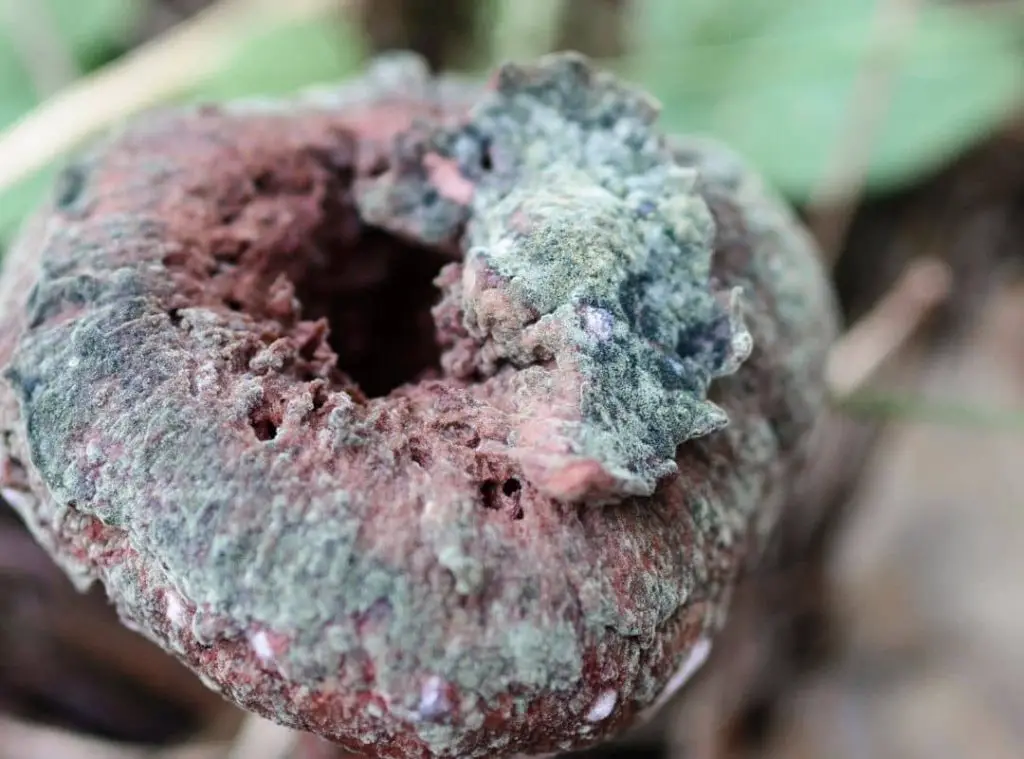
Blue mold on mushroom cakes
As we said before, blue mold is the most common type of contamination found on mushroom cakes. When the mushroom is gone bad, a blue coloration on the surface of the cake is often seen. The blue color is caused for two main reasons.
- Contamination
- Bruising
While one reason is dangerous, the other one is not. Let’s discuss them one by one.
Contamination
The blue color on the surface of the mushroom cake can be caused by contamination. The most common type of contamination is a fungus named Penicillium spp. This fungus is often found in the air, soil, and water. The spores of the Penicillium spp cause the blue color on the surface of the cake. These spores can enter the cake through contaminated tools, your hands, or the air. This contamination is commonly known as blue-green mold because it also contains a greenish hue on the blue mold.
Another fungus named aspergillus causes blue mold on mushroom cakes. When Aspergillus spores contact the mycelium of the mushroom cake, it grows on it, causing a blue color mold on the mushroom cake. Aspergillus is not toxic, but its spores cause an infection named Aspergillosis in humans, especially those who have weakened immune systems.
Can mycelium fight off blue mold?
Mycelium does not stand a chance against blue mold most of the time. Penicillium spp. and Aspergillus spp. are fast-growing fungi that can quickly colonize mycelium. The only chance the mycelium has is to outgrow the mold. But, this takes time, and in most cases, the mold has already taken over by the time the mycelium starts to grow.
What to do with contaminated mushroom cake?
If one of your mushroom cakes is contaminated by blue mold, you have no other option. You will have to dispose of the cake immediately. Do not try to save the cake by cutting off the moldy part. The mold has already spread its spores throughout the cake, and it’s not safe to eat. Do not try to dry the cake or bake it, as this will not kill the mold spores. The only thing you can do is throw away the cake and clean the area where it was stored.
How can we prevent contamination on mushroom cakes?
The best way to prevent contamination is to sterilize all the tools and equipment you will use. You can do this by boiling them in water for 30 minutes. You should also wear gloves while handling the mushroom cakes. This will prevent the spores from entering your body through cuts or scratches on your skin.
It’s also essential to work in a clean area. Ensure the place where you are working is free of dust and dirt. You should also avoid bruising the mushroom cakes. Bruising can damage the mycelium and make it easier for mold spores to enter the cake. When storing the mushroom cakes, make sure to put them in a clean and dry place. Do not store them in a humid or wet environment, as this will encourage mold growth.
Bruising
Bruising is the other reason for the blue color mold on mushroom cakes. Fortunately, this is not caused by contamination, and the cake is still safe to eat. Bruising occurs when the mushroom is damaged. This can happen when the mushroom is mishandled or when it falls on the ground.
When the mushroom is damaged, the mycelium is exposed to air. This exposure causes the formation of oxygenated pigments on the mushroom’s surface. These pigments are what give the mushroom its blue color.
How to identify if it is just bruising or contamination?
The easiest way to tell if the blue mold on your mushroom cake is just bruising or contamination is to Qtip the suspected spots. If the blue comes off on the Qtip, then it is contaminated. If not, it is just bruising.
How to prevent bruising?
There are a few things you can do to prevent bruising. First, handle the mushrooms carefully. Second, store the mushrooms in a container that will cushion them and prevent them from being damaged.
Can mycelium fight off bruising?
Mycelium can fight off bruising by growing over the damaged area. This will protect the mycelium from further damage and prevent the formation of oxygenated pigments. This means that bruising is not something to worry about, but you have to keep your mushroom cake in a well-sterilized area to prevent it from getting infected through the bruises.
What to do with bruises in the mushroom cake?
If you see bruises in the mushroom cake, you can cut off the damaged area. Be sure to use clean and sterile tools. The cake is still safe to grow mushrooms. You can also try to salvage the cake by growing mycelium over the bruised area. This will protect the mycelium from further damage and prevent the formation of oxygenated pigments.
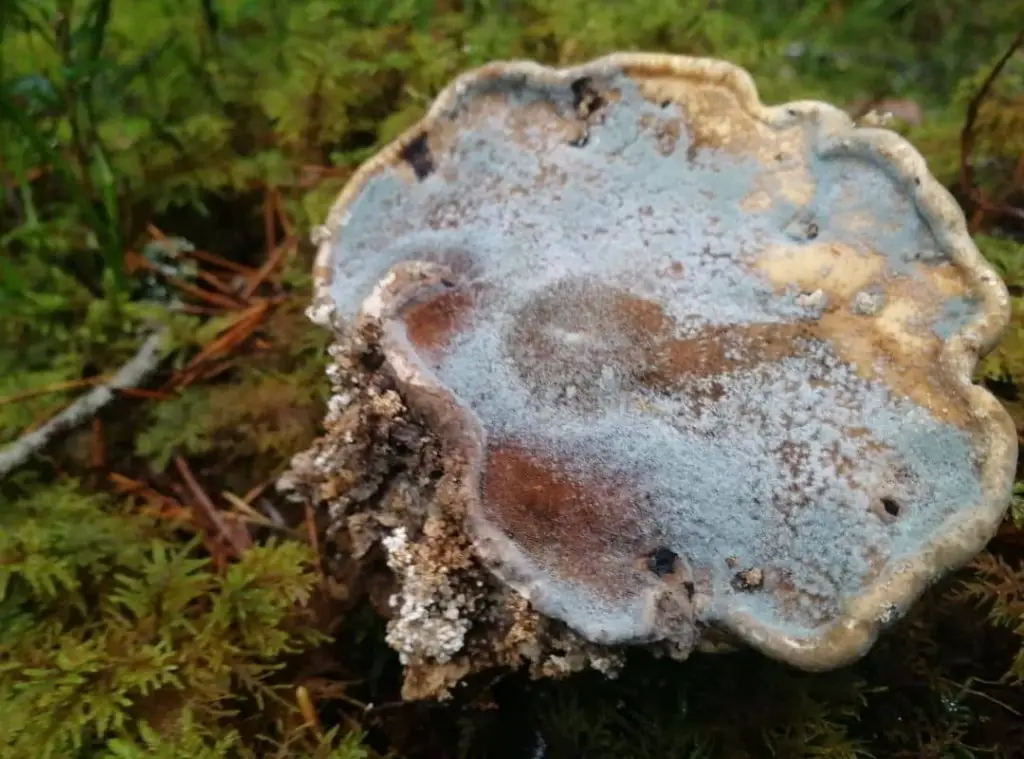
Other contaminants of mushroom culture
Several other contaminants can affect mushroom culture. These include bacteria, fungi, insects, and nematodes.
Bacteria
Bacteria are single-celled organisms that cause disease in humans, plants, and animals. Some types of bacteria are beneficial, while others can be harmful. Bacteria can enter the mushroom culture through contaminated soil, water, or tools. You may also introduce them by handling the mushroom cake with dirty hands.
Bacteria can cause diseases in the mushroom mycelium. These diseases can weaken the mycelium and make it more susceptible to other pathogens. Bacteria can also cause the mushroom cake to rot. This happens when the bacteria produce enzymes that break down the cellulose in the mushroom cake. Some common bacterial infections are Bacillus sp. and Pseudomonas tolaasii.
Fungi
Fungi are eukaryotic organisms that can be beneficial or they can cause diseases in humans, plants, and animals. Like Bacteria, Fungi can enter the mushroom culture through contaminated soil, water, or tools. They can also be introduced by handling the mushroom cake with dirty hands.
Several fungi diseases can affect mushroom mycelium. These diseases can weaken the mycelium and make it more susceptible to other pathogens. Some of them are,
- Hypomyces sp. ( Cobweb mold)
- Trichoderma harzianum ( Green Mold)
- Chromelosporium fulva (Cinnamon brown mold)
- Sporendonema purpurescens (Lipstic mold)
- Neurospora (Red bread mold)
- Sepedonium spp.
- Doratomyces spp. (Black whisker mold)
- Coprinus spp. (Inky cap)
- Oedocephalum spp.
- Chaetomium spp.
Most of the time, fungi infections are caused by contaminated water or tools. It is essential to use clean and sterile tools to prevent these infections when handling the mushroom cake.
Insects
Insects such as Fungus gnats, phorids, Tarsonemid mites, Tyroglyphid mites, red pepper mites, and springtails can infest mushroom culture. These insects can enter the mushroom culture through contaminated soil, water, or tools.
Once infested, these insects can cause diseases in the mushroom mycelium. These diseases can weaken the mycelium and make it more susceptible to other pathogens. It is essential to use clean and sterile tools to prevent these infections when handling the mushroom cake.
Nematodes
Nematodes are microscopic, unsegmented worms that can infest mushroom culture. Nematodes can cause the mycelium to degenerate or fail to form fruit bodies. When the mushroom culture is infected with Nematodes, you can identify them by checking the soil and smell. The compost usually turns black, and the mushroom smell becomes medicinal. In this case, you will have to destroy the infected mushroom culture and start over with a new one.
Conclusion
Blue mold on mushroom cakes is a common problem faced by growers. The best way to prevent it is to Sterilize all the tools and equipment you use. It is also essential to use clean and sterile water. If the mold has already infested the cake, you can try to salvage it by growing mycelium over the bruised area.
Other contaminants of mushroom culture include bacteria, fungi, insects, and nematodes. These contaminants can enter the mushroom culture through contaminated soil, water, or tools. It is essential to use clean and sterile tools when handling the mushroom cake to prevent these infections.

